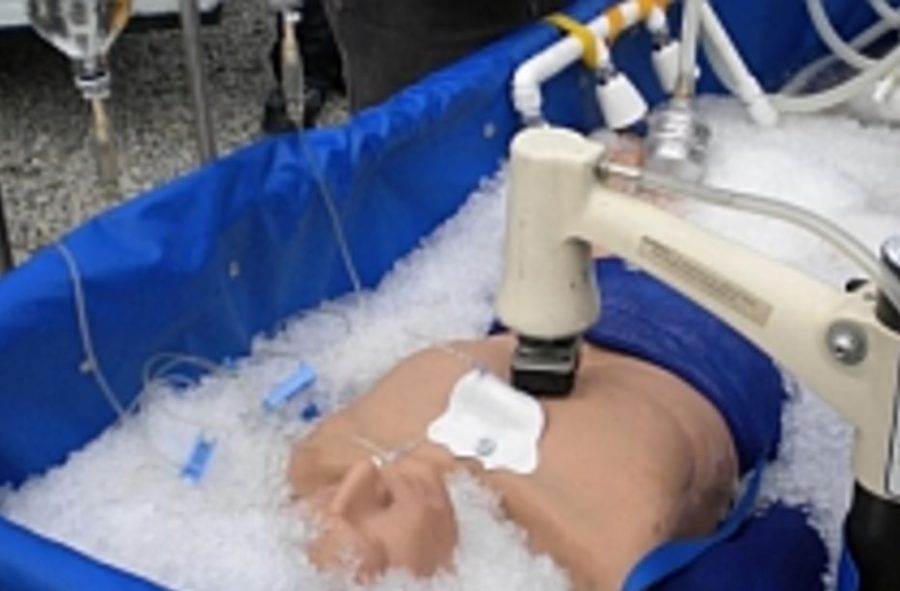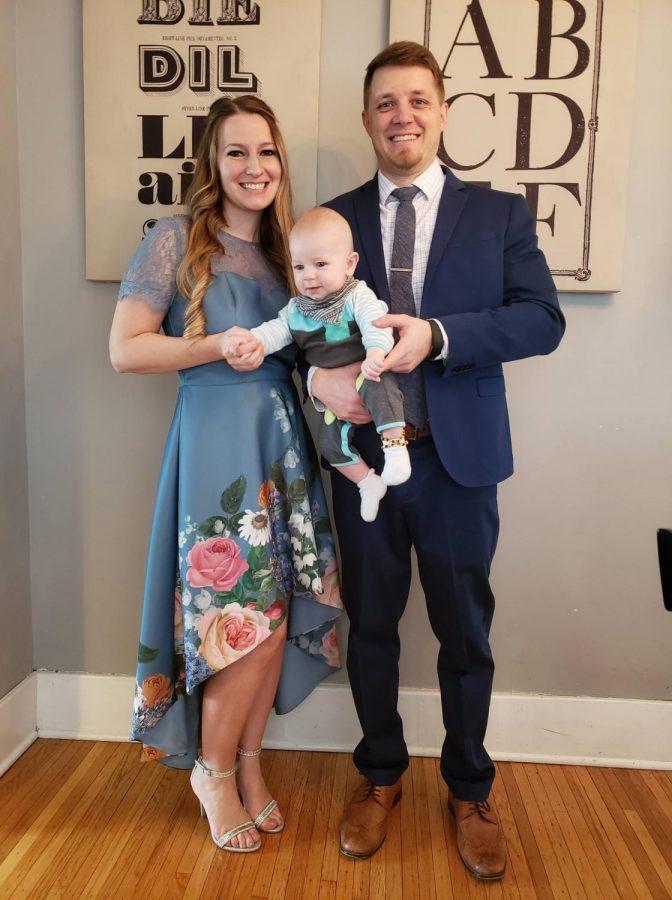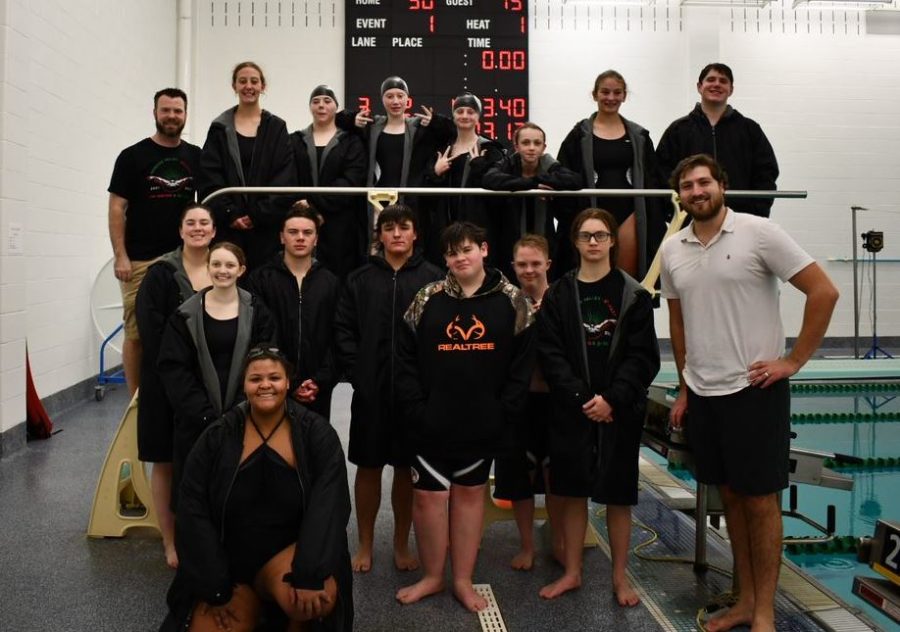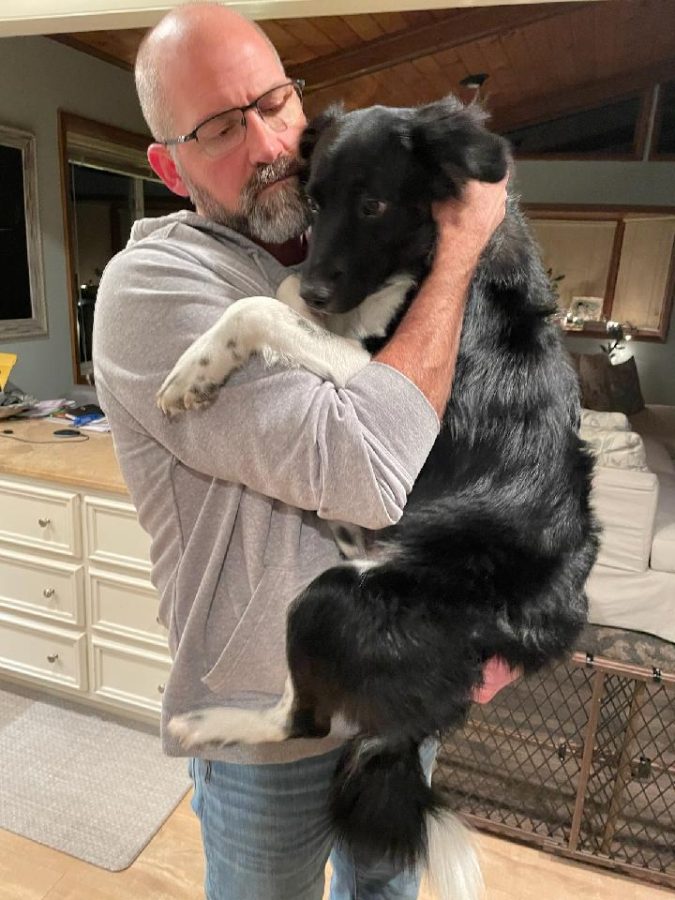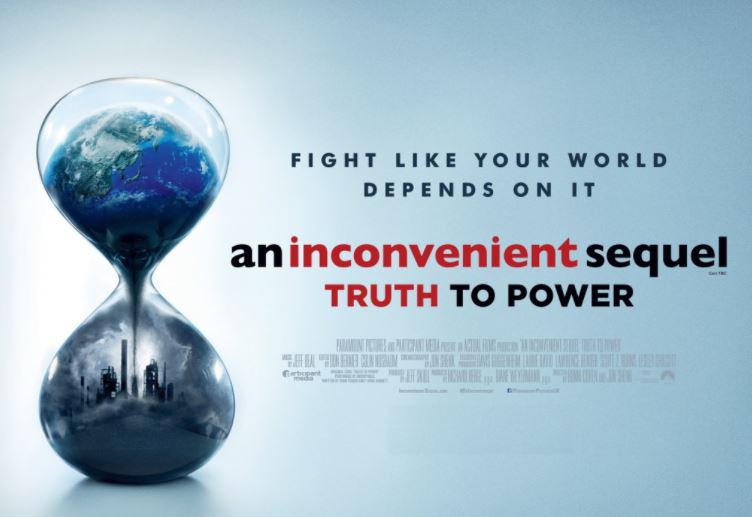Cryonics
March 31, 2017
What is it?
In Scottsdale, Arizona, one-hundred forty seven brains and bodies rest. Each are contained in a box similar to a freezer which is filled with liquid nitrogen to keep the limbs frozen and prepared (“Cryonics Institute”). You might ask yourself, prepared for what? Those heads and bodies are being prepared and used in hopes of one day being brought back to life through the use of extensive medical technology. “Our view is that when we call someone dead, it’s a bit of an arbitrary line. In fact, they are in need of a rescue,” says Max More, CEO of Scottsdale based Alcor. The “rescue” is started immediately after the doctor declares the patient to be dead. Quickly, the Alcor team prepares an ice bath and administers sixteen different medications that are similar to antifreeze. Those medications are used in the hopes of dropping the patient’s temperature to near freezing. If the patient selected Alcor’s “Neuro” option, the doctor will remove the patient’s head. The head is then placed in liquid nitrogen and stored away, in hopes of being brought back years later. The quickest preparation conducted was only thirty-five minutes long (Guzman).
How can I join?
Becoming a member is relatively easy, except that it’s kind of expensive. To become a member, you must pay a fee of $200,000– $115,00 of it goes into the trust fund of the patient specifically for the Alcor Institute in Arizona. The “Neuro” option has a price tag of $80,000, which is more than half the cost of preserving the entire body. If you were to do the math, the preservation of the body would cost roughly $40,000 and that alone is quite an amount of money. Looking for a cheaper membership? A Michigan-based Cryonics Institute is creating a membership of $28,000 for whole-body preservation (Guzman).
Is this legal?
Well, in the eyes of the law, the Alcor program is under no commitment to deliver life after death: it’s all an experiment. We have a minute amount of knowledge of the human brain and the way our body connects with it. After death has been legally declared, the 147 patients of Alcor are no more than bodies and organs being donated to scientific research under the Uniform Anatomical Gift Act (UAGA)(“Cryonics:Alcor”). Although Alcor may sign a contract with its members to follow through with the cryonics service, it is under very loose obligations (Guzman).
Lack of knowledge
If you were to look at the lack of scientific understanding of the human brain, you probably won’t go through with this operation. There is a hope that in the future we will be farther advanced than we are now which explains why bodies are being preserved now. Even as incredibly intelligent humans, we still have so much to learn about the brain. There are over 100 billion neurons in the human brain, and we only know how to use a fraction of them, so why are scientists even attempting to bring people back? Columbia neuroscientist Dr. Ken Miller compared cryonics to “selling tickets to a ride you can’t go on.” Basically, Dr. Miller is saying that Cryonics is a waste of money and time.
Religious factors
Religion also plays a huge part in the belief of cryonics. “And God shall wipe away all tears from their eyes; and there shall be no more death, neither sorrow, nor crying, neither shall there be any more pain: for the former things are passed away.” Revelation 21:4. Scientists and Ideologists are completely contradicting the religious belief of Heaven after death. God wants us to go to Heaven and the Earth is also overpopulating as it is. So why try to cheat death and play God? No more death, no more sorrow? From the religious viewing, you might question if God is even okay with Cryonics occurring. “This world is not our permanent home; we are looking forward to a home yet to come.” Hebrews 13:14. Religious perception is based off of the fact that we are to die here, leave our sorrow then go to Heaven where God will grace us and protect us from all evil.
Pros and Cons
Scientists and philanthropists seem to believe that within the next few generations that science and technology will be so far advanced that Cryonics will be possible. But, who wants to pay that much money? $200,000 is quite a lot of money, even though your life insurance can pay for the membership, it still promotes a feeling of false hope. Thousands of dollars being put towards a cause that could or couldn’t work. The choice is yours. Elaine Walker, a single mother, is a member of the Alcor Cryonics foundation. Her membership is being paid through her life insurance, she took a mortgage out on her house and she had to give up her cell phone for a while(Guzman). James Bedford was the first person to be “cryopreserved” due to the cancer that had spread to his lungs. It has been 50 years since his death, and scientists of Cryonics call it “Bedford Day”.
Works Cited
“Cryonics Institute.” Cryonics Institute. Web. 08 Feb. 2017.
“Cryonics: Alcor Life Extension Foundation.” Cryonics: Alcor Life Extension Foundation. Web. 08 Feb. 2017.
Guzman, Zack. “This Company Will Freeze Your Dead Body for $200,000.” NBCNews.com. NBCUniversal News Group, 26 Apr. 2016. Web. 08 Feb. 2017.
Hendricks, Michael. “The False Science of Cryonics.” MIT Technology Review. MIT Technology Review, 15 Sept. 2015. Web. 08 Feb. 2017.
Science, Peter Gwynne Inside. “Here’s How Far Cryonic Preservation Has Come in the 50 Years since ‘Bedford Day'” NBCNews.com. NBCUniversal News Group, 17 Jan. 2017. Web. 15 Feb. 2017.

